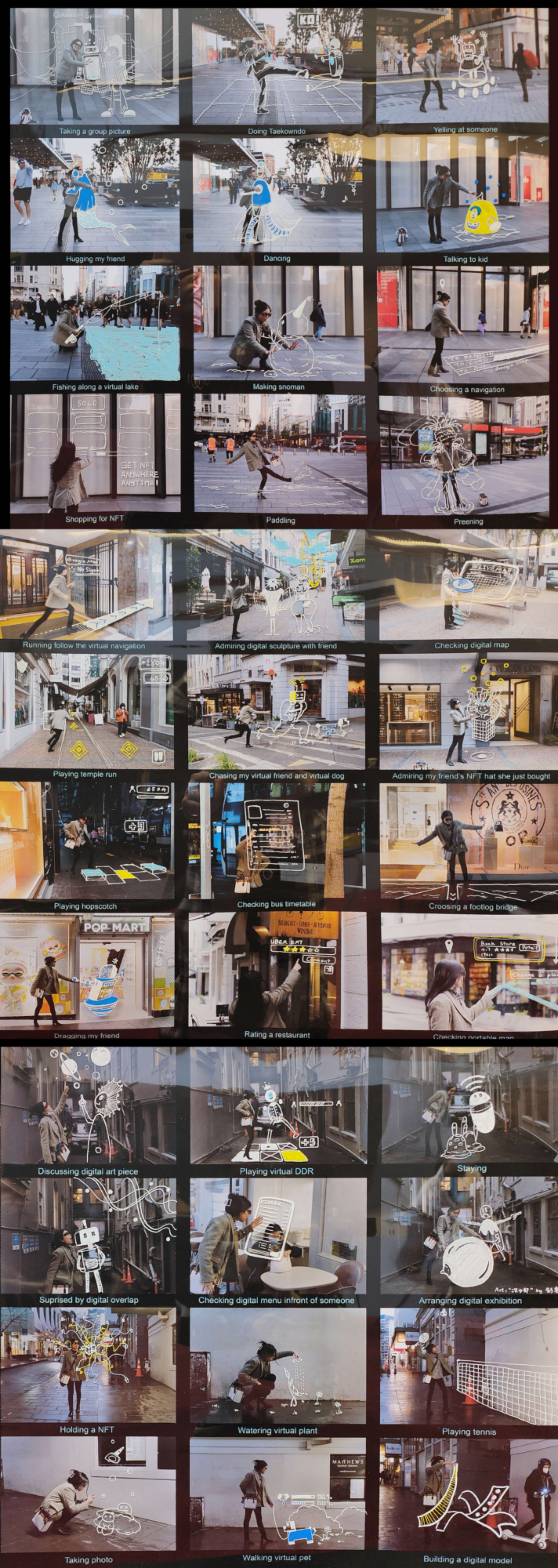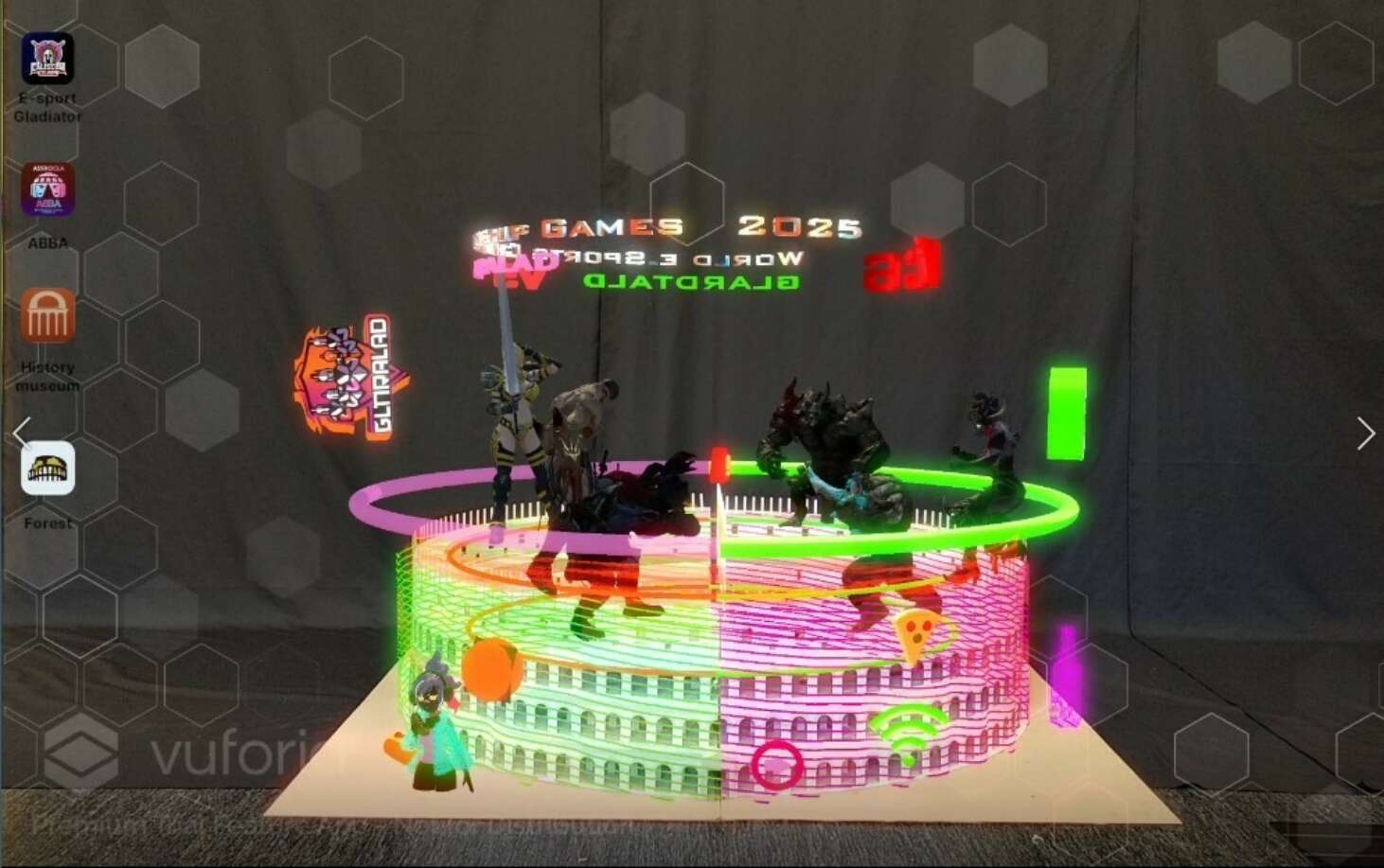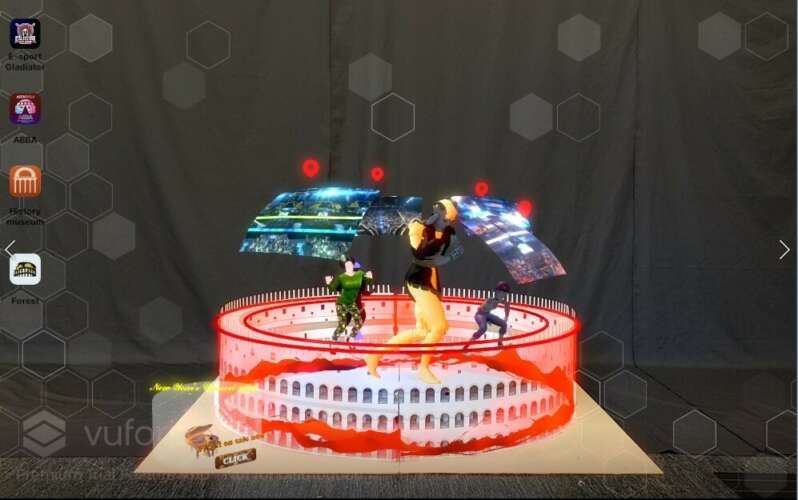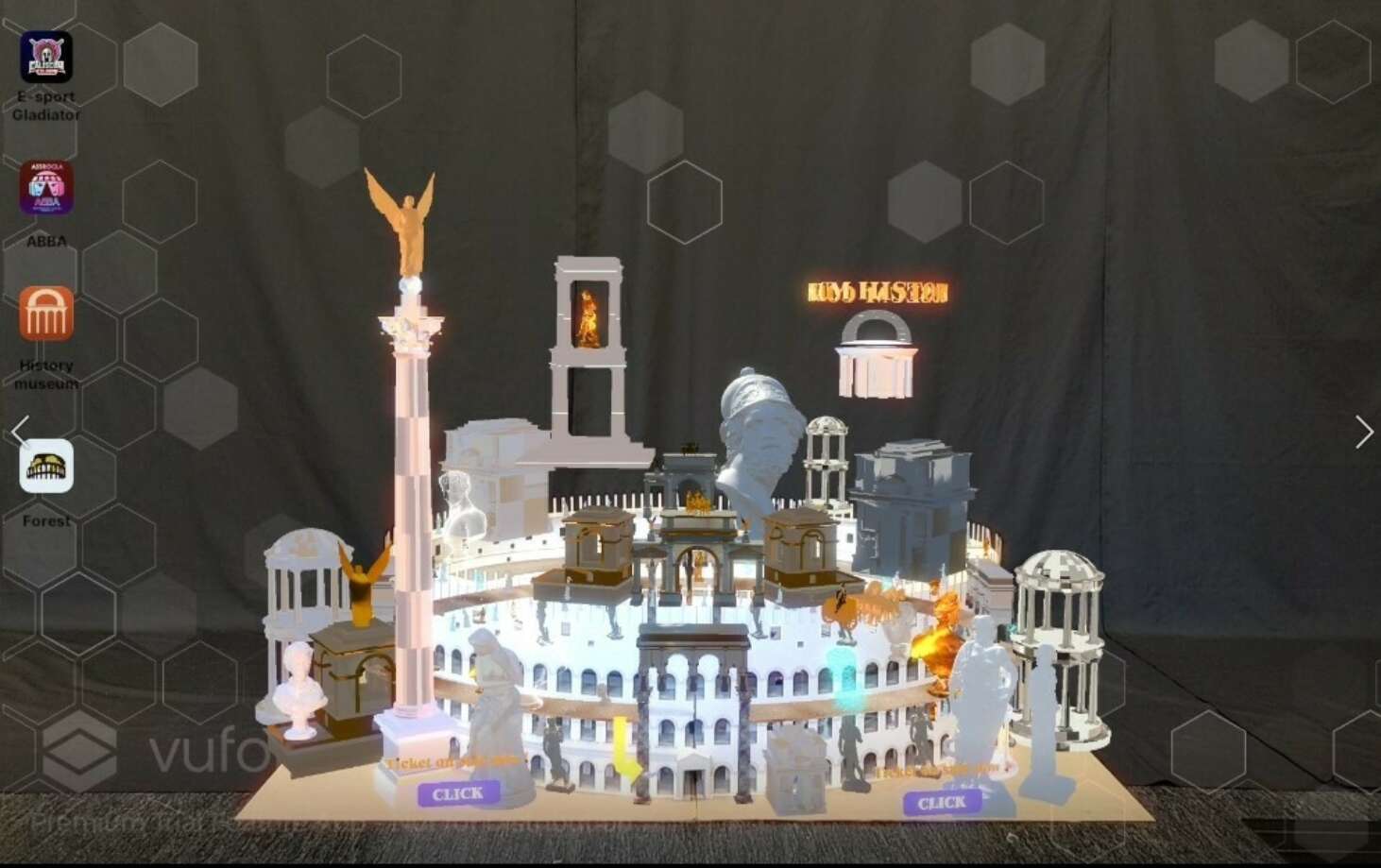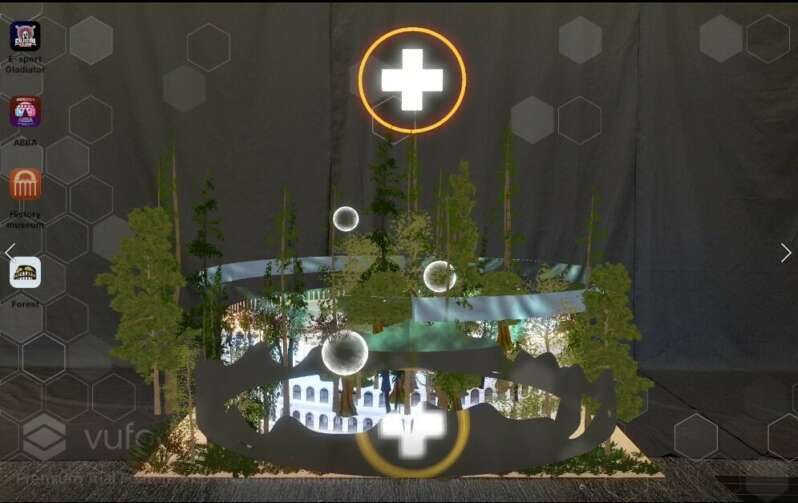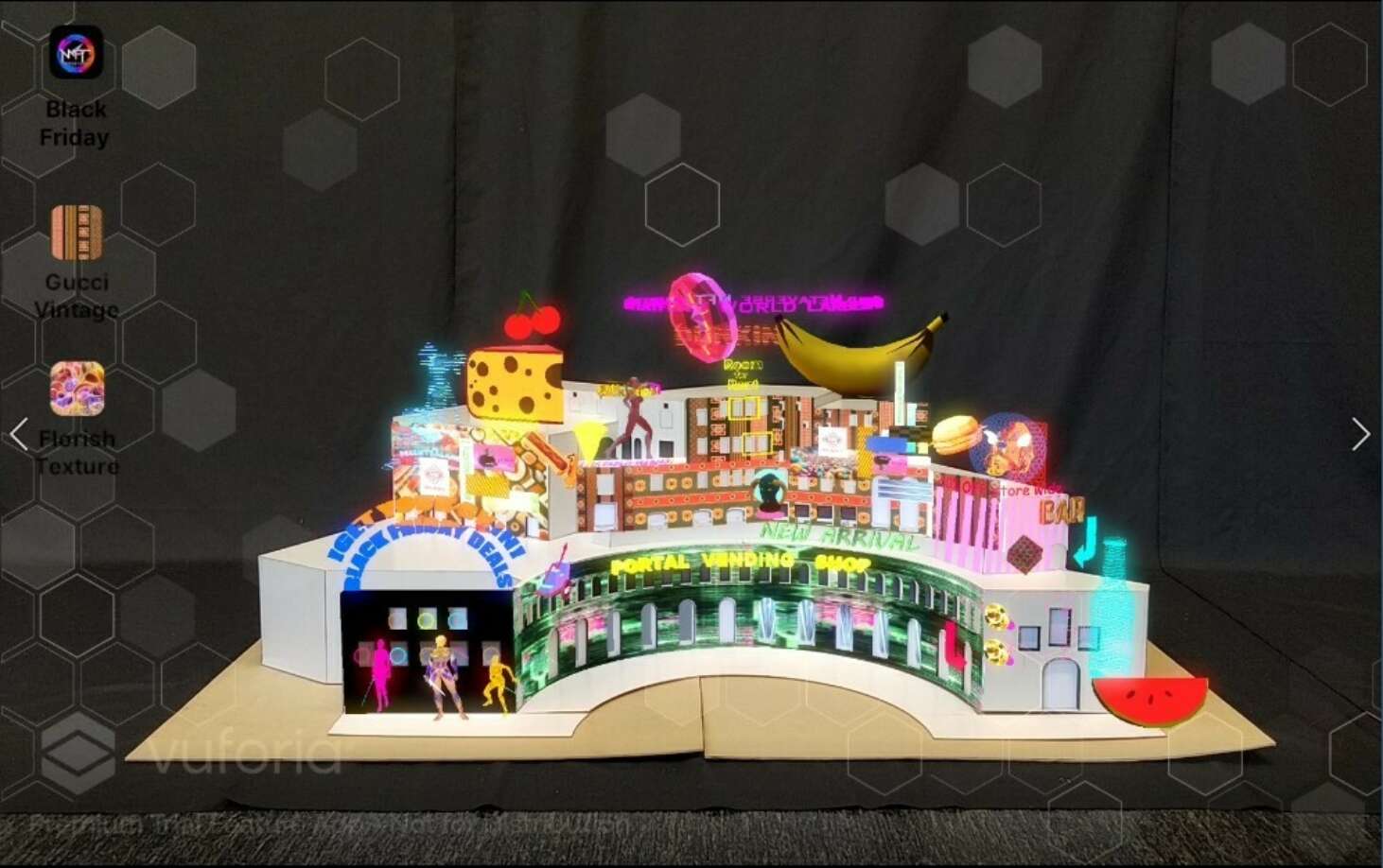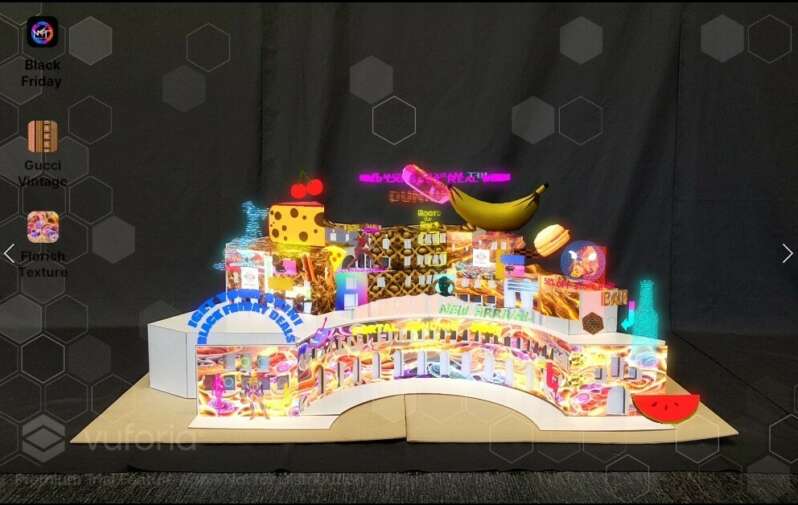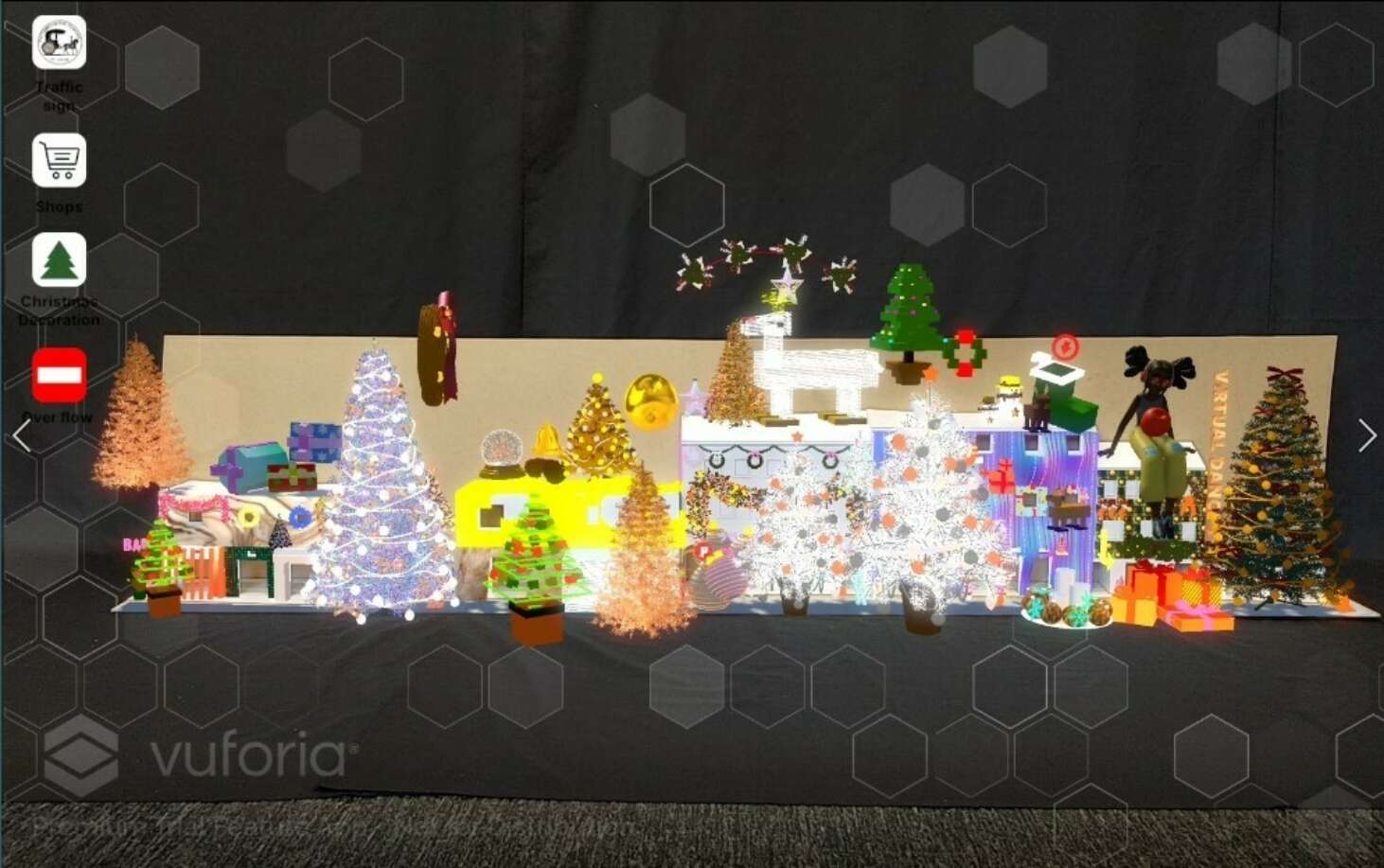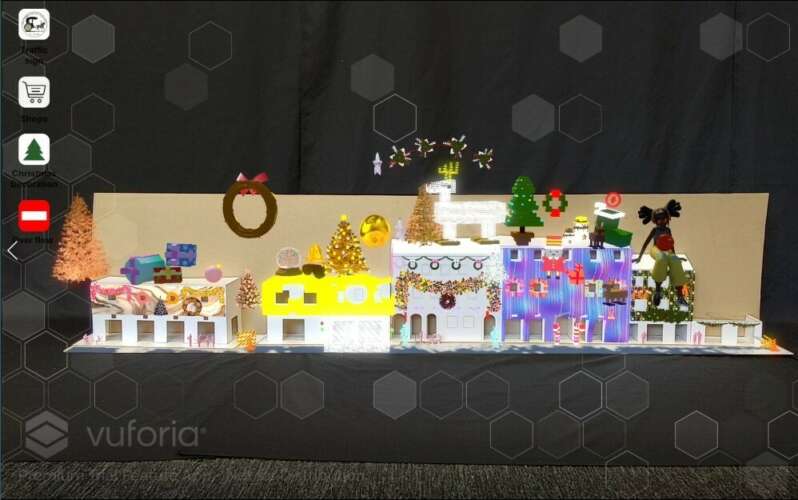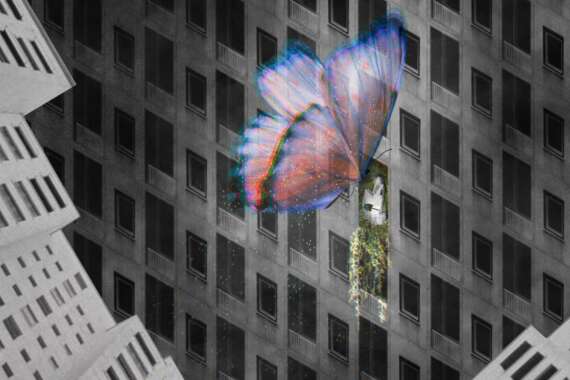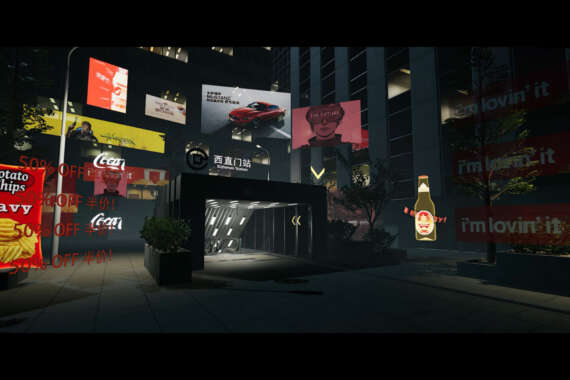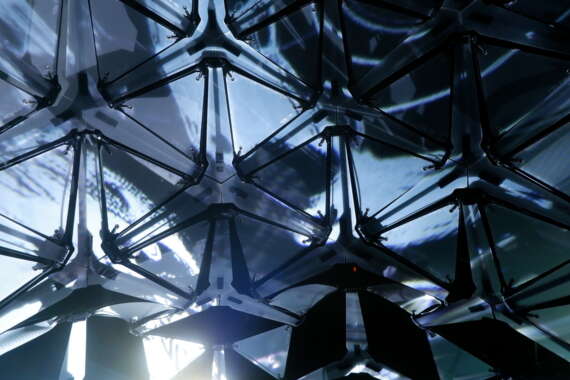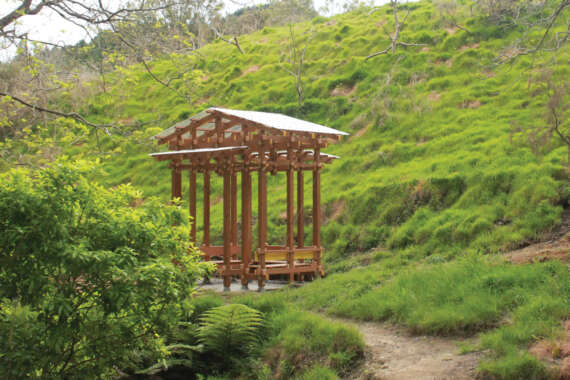Meta Rome

Meta Rome is an experimental research project that explores new public activities when Augmented Reality technology is popularized. As a new architectural element, this technology overlaps digital information on top of the physical world, extending reality with enormous possibilities, and switching the space into a portal that allows users to interact with the Real World Metaverse platform. As a communication media, the Metaverse changes our social behaviour in the real world, creating a new form of public activities. This thesis aims to anticipate the future perspective and discuss the adverse implications on an urban scale. The digital twins offer freedom for users to customise public spaces, while rules and regulations need to be considered to maximise the advantages of this future. This thesis explores future urban environments, which will be antiquated with the development of technologies. However, this research pushes architects to review the traditional design process and predict potential issues.








